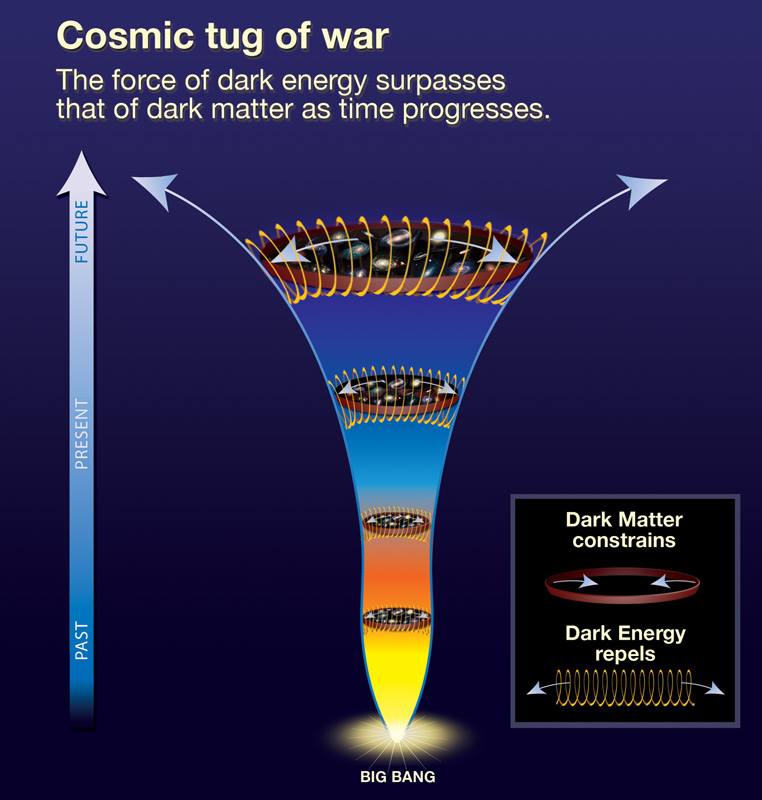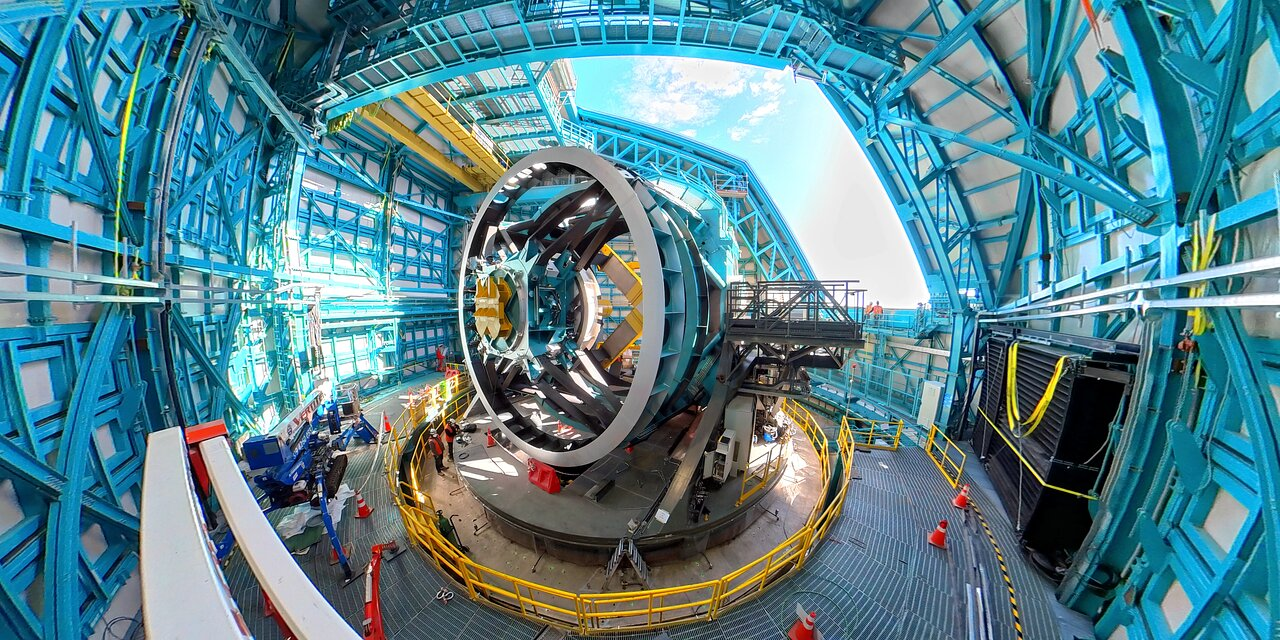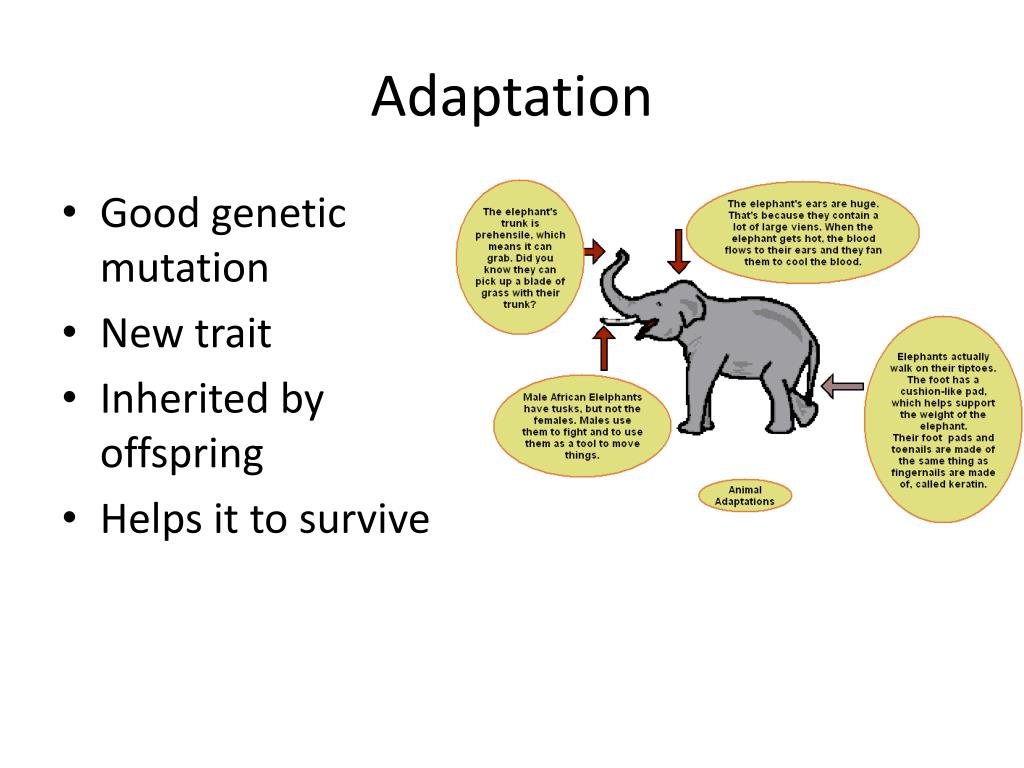Dark energy, a mysterious force thought to be associated with the cosmological constant, plays a crucial role in the ongoing expansion of the universe. Recent findings from the Dark Energy Spectroscopic Instrument (DESI) have revealed that this enigmatic energy might be weakening over time, prompting a reassessment of our understanding of cosmic dynamics. As DESI analyzes the distribution of matter across the universe, it unveils the profound influence dark energy has had over 11 billion years of cosmic history. These insights not only illuminate the accelerating universe but also connect with complex phenomena such as baryon acoustic oscillations, which serve as an essential metric for measuring cosmic distances. The implications of this research are pivotal for cosmology, indicating that our models and theories may need to adapt as new data emerges, particularly from DESI findings.
The concept of dark energy, often referred to in relation to the universe’s expansion, represents one of the most significant puzzles in modern astrophysics. This elusive energy is believed to counterbalance gravitational forces, affecting how galaxies and cosmic structures evolve over time. By examining the intricacies of the cosmos, researchers have delved into various phenomena linked to this energy, including baryon acoustic oscillations, which reveal patterns from the early universe. The exploration of this vast topic encompasses new initiatives like the Dark Energy Spectroscopic Instrument (DESI), providing scientists with innovative tools to unravel the mysteries of the universe’s dynamics. As cosmology research progresses, understanding dark energy’s role may redefine our place within the cosmos.
Understanding Dark Energy and Its Significance
Dark energy is a mysterious force that is thought to constitute about 68% of the universe. Led by findings from the Dark Energy Spectroscopic Instrument (DESI), recent studies suggest that this enigmatic energy could be weakening over time, prompting reassessments of cosmological principles. As researchers explore its implications for the cosmological constant, they uncover how dark energy facilitates the accelerated expansion of the universe, challenging previous assumptions about cosmic dynamics and the ultimate fate of the cosmos.
The influence of dark energy is pivotal for understanding the universe’s large-scale structure. It drives the observed acceleration in universal expansion, which affects galaxies and their distribution. The DESI findings represent a significant leap in cosmology research, demonstrating that dark energy may not be a static entity but rather an evolving presence. This realization could lead to profound implications for how scientists interpret the universe’s future and its underlying mechanics.
The Role of Baryon Acoustic Oscillations in Cosmic Research
Baryon Acoustic Oscillations (BAO) are critical to understanding the structure of the universe. These oscillations arose from density fluctuations in the early universe, creating a pattern that researchers can observe today as a means of measuring cosmic distances. By analyzing the changes in these patterns over time, scientists can gather insights into the effects of dark energy, making BAO a fundamental tool in modern cosmological studies. The interaction between BAO measurements and dark energy is central to refining our models of the universe’s expansion.
Recent DESI findings have reinforced the importance of BAO as a standard ruler in the cosmic landscape. As variations in dark energy are observed, these oscillations allow astronomers to gauge its strength across the universe’s history. The collaboration’s techniques—combining data from millions of galaxies—enhance the accuracy of these measurements, offering crucial evidence that the dynamics of dark energy may be more complex than previously understood.
Cosmological Constant: A Paradigm Shift in Astrophysics
The cosmological constant, originally introduced by Albert Einstein, has long been a component of modern cosmological models to explain dark energy. Recent analyses, particularly those stemming from DESI data, suggest that this constant may not remain static over time, but could be changing as the universe evolves. Such a discovery urges scientists to rethink the frameworks that have guided cosmology for decades, leading to a pivotal shift in how we understand universe expansion and dark energy’s role within it.
Observing the potential variability of the cosmological constant poses significant questions for physicists. If dark energy is indeed evolving, it challenges the fundamental laws that govern celestial interactions and gravitational forces. Researchers are now tasked with developing new models that incorporate these significant shifts, ultimately reshaping our understanding of the cosmos and its trajectory.
The Influence of DESI Findings on Future Cosmic Research
The contributions of the Dark Energy Spectroscopic Instrument (DESI) have heralded a new era in astrophysical research. By providing the most extensive 3D map of the universe, DESI enables astronomers to tackle some of the most challenging questions about dark energy and its implications for the universe’s future. With a large volume of data now accessible, scientists can test and refine their models with unprecedented precision, leading to deeper insights into bariatic evolution and cosmic structures.
Looking ahead, DESI’s ongoing survey plays a crucial role in expanding our understanding of fundamental astrophysical concepts. As new data is collected, researchers will be able to explore correlations between dark energy and galaxy formation processes, engaging in a broader scope of cosmological inquiries. The ability to continuously update our cognitive map of the universe will facilitate the discovery of patterns and phenomena that may further elucidate dark energy’s properties.
Data Release and Public Engagement in Cosmology
The recent release of DESI’s Data Release 1 marks a significant milestone in making cosmic data available to the public and the broader research community. With detailed data on millions of celestial objects, researchers and amateur astronomers alike can engage in astrophysical explorations that were previously limited to specialized institutions. This democratization of knowledge empowers more people to participate in cosmology research and enhances our collective understanding of the universe.
Public outreach initiatives, spearheaded by the CfA team, play an essential part in sharing these discoveries with the world. By providing resources and interactive platforms for engagement, they are fostering a community of budding scientists and enthusiasts interested in the complexities of dark energy and cosmic phenomena. This movement towards inclusive scientific exploration is vital for inspiring future generations to delve into the mysteries of space and the universe.
The Team Behind DESI: Collaborative Efforts in Astrophysics
The success of the Dark Energy Spectroscopic Instrument (DESI) is attributed to a global team of over 900 researchers from more than 70 institutions. This collaboration brings together diverse expertise in astrophysics, data analysis, and public engagement, reflecting the interdisciplinary nature of modern science. Leaders like Daniel Eisenstein and collaborators such as Cristhian Garcia Quintero and Michael Rashkovetskyi have played pivotal roles in the design and execution of this significant project, showcasing the importance of teamwork in advancing cosmology.
Through cohesiveness and shared vision, the DESI collaboration has not only achieved remarkable scientific outcomes but has also fostered a culture of knowledge sharing. The varied contributions range from sophisticated algorithms to outreach initiatives, each enhancing the project’s impact on both academia and public perception of astrophysics. Looking to the future, this collaborative model may become essential for tackling even more complex questions about dark energy and the universe’s expansion.
Beyond Dark Energy: Exploring Galaxy Evolution
While understanding dark energy is paramount, research from DESI also extends to galaxy evolution and the cosmic web’s structure. By mapping the distribution of millions of galaxies, scientists can glean insights into how cosmic structures formed and evolved over time. This dual focus on dark energy and galaxy evolution enriches our comprehension of elaborate cosmic interactions, revealing patterns that speak to the history and dynamics of the universe.
As the DESI survey progresses, astronomers anticipate uncovering more relationships between dark energy and the processes that shape galaxies. Such research will illuminate how galaxies respond to the increasing influence of dark energy. The interplay between these aspects not only expands our understanding of individual galaxies but also synthesizes a holistic view of the universe’s ongoing transformation.
New Models in Cosmology: The Future of Dark Energy
The evolving concept of dark energy extends beyond the observed behaviors of the universe—it informs the development of new theoretical models in cosmology. As evidence mounts suggesting a dynamic nature of dark energy, researchers are inclined to conceptualize frameworks that accommodate these changes. The implications of evolving dark energy could radically alter our understanding of cosmic inflation and its mechanisms.
In seeking to navigate this emerging landscape, scientists are employing advanced computational techniques and simulations to predict how a changing dark energy landscape would influence universal structure and expansion. This ongoing research will be crucial in formulating theories that not only explain the current state of the cosmos but also anticipate future developments as our universe continues to evolve.
Public Perception of Dark Energy: An Educational Initiative
As discoveries related to dark energy and expansion capture the public’s imagination, educational initiatives become imperative to foster a deeper understanding of these concepts. The engagement through public lectures, accessible literature, and online platforms helps bridge the gap between complex scientific research and public comprehension. Engaging communities with the wonders of dark energy invites more people to appreciate the intricacies of the universe.
Furthermore, promoting awareness around dark energy’s implications for the universe’s fate introduces critical thinking about cosmology and our place within it. Workshops and interactive seminars orchestrated by institutions like CfA aim to inspire curiosity and encourage participation in scientific discourse. This holistic approach not only enriches public knowledge but paves the way for future scientists to probe the universe’s greatest mysteries.
Frequently Asked Questions
What is dark energy and how does it relate to the expansion of the universe?
Dark energy is a mysterious force that is believed to make up about 68% of the universe and is responsible for its accelerating expansion. As theorized through the cosmological constant, dark energy counteracts the effects of gravity, leading to an increase in the rate at which galaxies move away from each other.
How do baryon acoustic oscillations help us understand dark energy?
Baryon Acoustic Oscillations (BAO) refer to the regular, periodic fluctuations in the density of visible baryonic matter in the universe. By using these acoustic oscillations as a ‘standard ruler’, researchers can measure distances in cosmology and gauge the strength of dark energy throughout the history of the universe’s expansion.
What are the key findings from the DESI collaboration regarding dark energy?
Recent findings from the Dark Energy Spectroscopic Instrument (DESI) suggest that dark energy, often modeled as a cosmological constant, may be weakening over time. This observation implies that the understanding of the universe’s expansion may need revision, as it challenges existing models in cosmology.
What implications do the DESI findings have for the future of the universe?
The implications of DESI findings on dark energy are significant, as they indicate a potential evolution in the strength of dark energy. This evolving nature may affect predictions about the universe’s fate, including its continued expansion or possible collapse.
How does the DESI collaboration contribute to cosmology research?
The DESI collaboration, involving over 900 researchers across the globe, plays a crucial role in advancing cosmology research by producing the largest 3D map of the universe. This map facilitates a better understanding of dark energy’s role in the universe’s expansion and allows for the study of the distribution of matter over billions of years.
Where can I find more information about the DESI project’s dark energy results?
More detailed information about the DESI project’s dark energy results can be accessed through publications available on arXiv and presentations from conferences such as the American Physical Society’s Global Physics Summit. Additionally, the DESI Data Release 1 is now publicly accessible for exploration.
| Key Area | Details |
|---|---|
| Collaboration | International Dark Energy Spectroscopic Instrument (DESI) involving over 900 researchers from 70+ institutions |
| Key Findings | Dark energy may be weakening over time, indicating an update to the standard model of the universe’s expansion. |
| Research Method | Utilizes the largest 3D map of the universe to analyze matter distribution and dark energy effects, studying over 11 billion years. |
| Significant Contributions | Harvard astronomers led by Daniel Eisenstein contributed algorithms, simulations, and calculations for distance measurements. |
| Public Engagement | DESI Data Release 1 now available, containing information on millions of celestial objects to enhance astrophysical research. |
| Future Directions | DESI continues its survey to broaden our understanding of galaxy evolution, the cosmic web, and universe structure. |
Summary
Dark energy plays a crucial role in understanding the universe’s destiny. Recent findings from the DESI collaboration suggest that dark energy, which is thought to accelerate the expansion of the universe, may be changing over time. This could mean that our current models of cosmology need reassessment to accurately reflect these dynamics. As researchers continue to gather data and refine their analyses, we move closer to unlocking the mysteries of dark energy and its implications for the fate of the cosmos.




